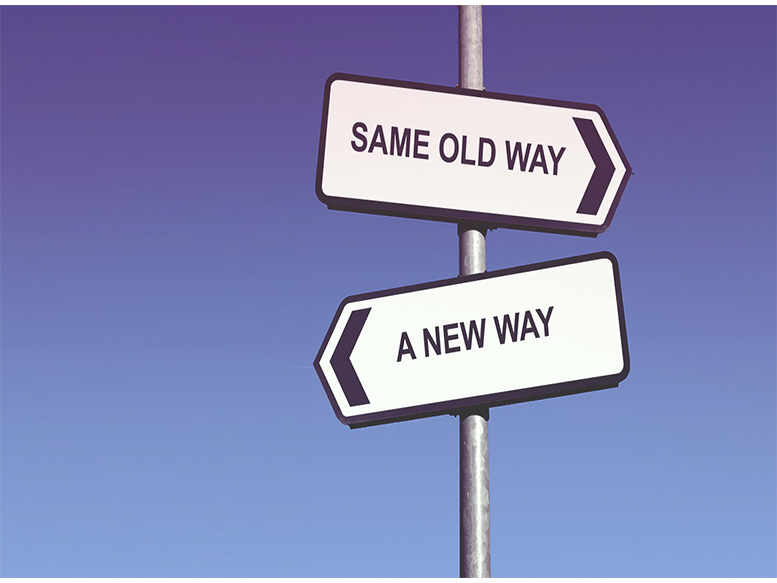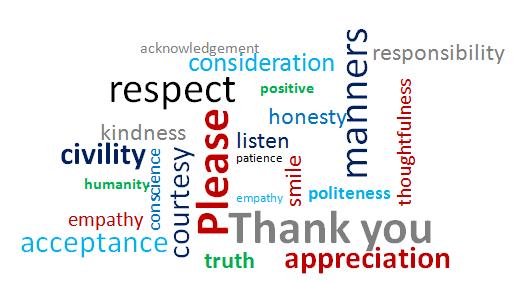If you followed the advice in my last blog, “Look Back Before Planning Forward,” you now have a plan of intentions/goals for 2019 along with specific actions that will help you achieve those goals. Bravo!
Often the work we need to do to achieve our goals involves changing our habits – either eliminating habits that work against our intentions, or creating new, more supportive ones. Either way, it involves change. And change can be difficult.
For example, maybe one of the things you want to do in the area of “eating healthier” is to limit dessert after dinner to weekends. No more weekday after-dinner sweets! But you’ve been having dessert after dinner since you were a kid. The meal just doesn’t feel complete without it. How do you make that change (and stick to it)?
In his best-selling book, Atomic Habits, author James Clear says, “Bad habits repeat themselves not because you don’t want to change, but because you have the wrong system for change…You do not rise to the level of your goals. You fall to the level of your systems.”
The human brain is wired for immediate gratification. You know that piece of cake after dinner isn’t contributing to your long-term health (“a moment on the lips, a lifetime on your hips”) but oooooh, is it good! As Clear says, “the consequences of bad habits are delayed while the rewards are immediate.”
To break or establish habits and achieve your goals, you need to change your systems. “Goals are about the results you want to achieve. Systems are about the processes that lead to those results,” Clear says.
Our habits are behavior routines that have been repeated so often that they become automatic. To change them, we have to become aware of them and replace them with good habits.
Clear says that employing the first three laws of behavior change – make it obvious, make it attractive, and make it easy – will increase the chances of performing a new behavior. The fourth law – make it satisfying – will make it more likely that the new behavior will be repeated, and thus become a habit. When you want to eliminate a behavior, i.e, change a bad habit, you flip the process: make it invisible, make it unattractive, make it difficult, and make it unsatisfying.
Turning the new behavior into a (good) habit comes from making incremental improvements every day. And the best way to do this is to add “a little bit of immediate pleasure to the habits that pay off in the long-run and a little bit of immediate pain to the ones that don’t.”
Success in nearly every field, Clear says, requires you to ignore an immediate reward in favor of a delayed reward.
“Habits are like the atoms of our lives. Each one is a fundamental unit that contributes to your overall improvement.” – James Clear
Till next time,
Karen









